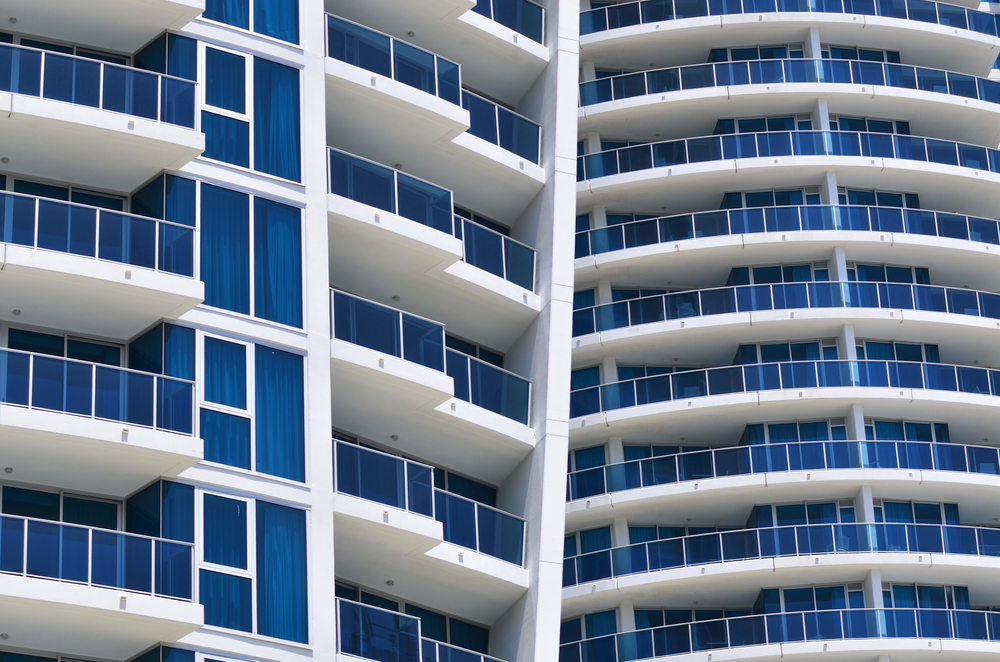Q: What’s an HO-6 policy and what does it cover?
An HO-6 policy is tailored to cover the exposures faced by condominium unit owners. It provides coverage for the original and upgraded structural components to the living area, personal possessions and additional living expenses if the condominium owner is the victim of a water leak, fire or other covered peril listed in the insurance policy that makes the unit uninhabitable. The policyholder also receives coverage for personal liability should they negligently cause bodily injury to another person or property damage to items owned by other people, and for medical payments to other people who are injured while in the condominium unit.
Q: What’s a master policy and what does it cover?
The master policy is provided by the Condominium Board of Directors. It provides coverage for the common areas the condominium unit owner shares with others in the building like the roof, basement, and elevator for both liability and physical damage. As dictated by the Condominium documents, it may provide primary insurance coverage for the interior of the individual condominium units as they were originally built. If the master policy is the primary insurance policy, the condominium unit owner would only be responsible for alterations that increase the cost to repair or replace the original item of the condominium unit, such as new flooring or kitchen countertops. If the master policy provides primary coverage, the condominium unit owner’s HO-6 policy would be excess over that.
Q: When damage by a peril covered by the master policy occurs to a condominium unit, who pays the master policy deductible?
The Condominium Board may:
• Pay the deductible amount as a common expense
• Require the deductible amount to be paid by the unit owner(s) who caused the damage or by all unit owners involved with the loss
It is important to note that the master policy and HO-6 insurance carriers have no say in how the master policy deductible is applied.
Q: What does “original conveyance” mean?
The most common type of master property insurance purchased by condominium associations in Hawaii is “single entity” coverage. This insures the general and limited common elements. This coverage also extends within individual units to fixtures, appliances, walls, floor coverings, and cabinetry, but only for like, kind, and quality to that conveyed by the developer to the original owner. This is what is meant by “original conveyance.” Betterments and improvements that are not part of the “original conveyance” are considered the unit owner’s property and are therefore typically covered by the condominium unit owner’s HO-6 policy.
Q: What are Additional Living Expense and Fair Rental Value coverages?
These coverages are available in HO-6 policies under Coverage D – Loss of Use. They kick in only when the condominium unit is deemed uninhabitable due to damage caused by a covered peril.
Additional Living Expense is paid to the insured for expenses (hotel rent, meals, utilities in conjunction with repairing the insured’s condominium unit) in excess of what they would have normally incurred, except for the loss. This particular coverage is not available for a unit owner who rents their condominium to others.
Fair Rental Value considers the unit owner’s loss of rental income. It can be pro-rated per day if the repair time is less than a month. It does not pay for tenant relocation expenses.
A condominium unit owner cannot get both Additional Living Expense and Fair Rental Value for a single event/loss. It’s one or the other, depending on whether the condominium unit is owner or tenant occupied.
Q: What insurance tips can you share with condominium owners?
Consult with your insurance agent to make sure you have enough coverage under your HO-6 policy, especially for betterments and improvements since these items are not covered under the association’s master policy. Also, ask your agent about the following additional coverages:
Loss assessment
This reimburses you for your share of an assessment charged to all unit owners as a result of a covered loss. For instance, there would be coverage for an assessment charged to a condominium unit owner if there is a fire in the lobby and all of the unit owners are assessed with the cost of repairing the damage.
Floater or Scheduled Personal Property endorsement
If you own jewelry, furs or collectibles, you might consider getting them specifically insured since there is generally a $1,000 or $2,000 limit for these items (for certain perils) on a standard HO-6 policy.
Umbrella liability
This is a way to get additional liability protection than is included in a standard HO-6 or master policy. The umbrella policy is meant to provide excess coverage limits when the limits of the underlying liability policy is exhausted.
Q: I rent. How does an HO-4 renters’ policy differ from an HO-6 policy? Is it necessary?
A renters’ insurance policy provides the same basic coverages as the HO-6. It provides coverage for the policyholder’s personal possessions and additional living expenses. Equally important, it provides personal liability protection in the event another person is harmed because of the policyholder’s negligence. For these reasons, a renter should purchase an HO-4 renters’ insurance policy.

